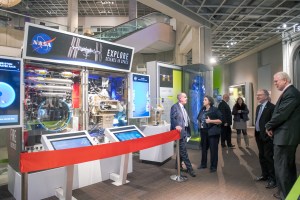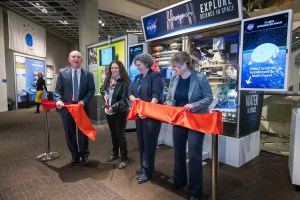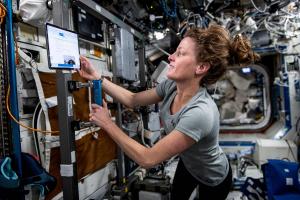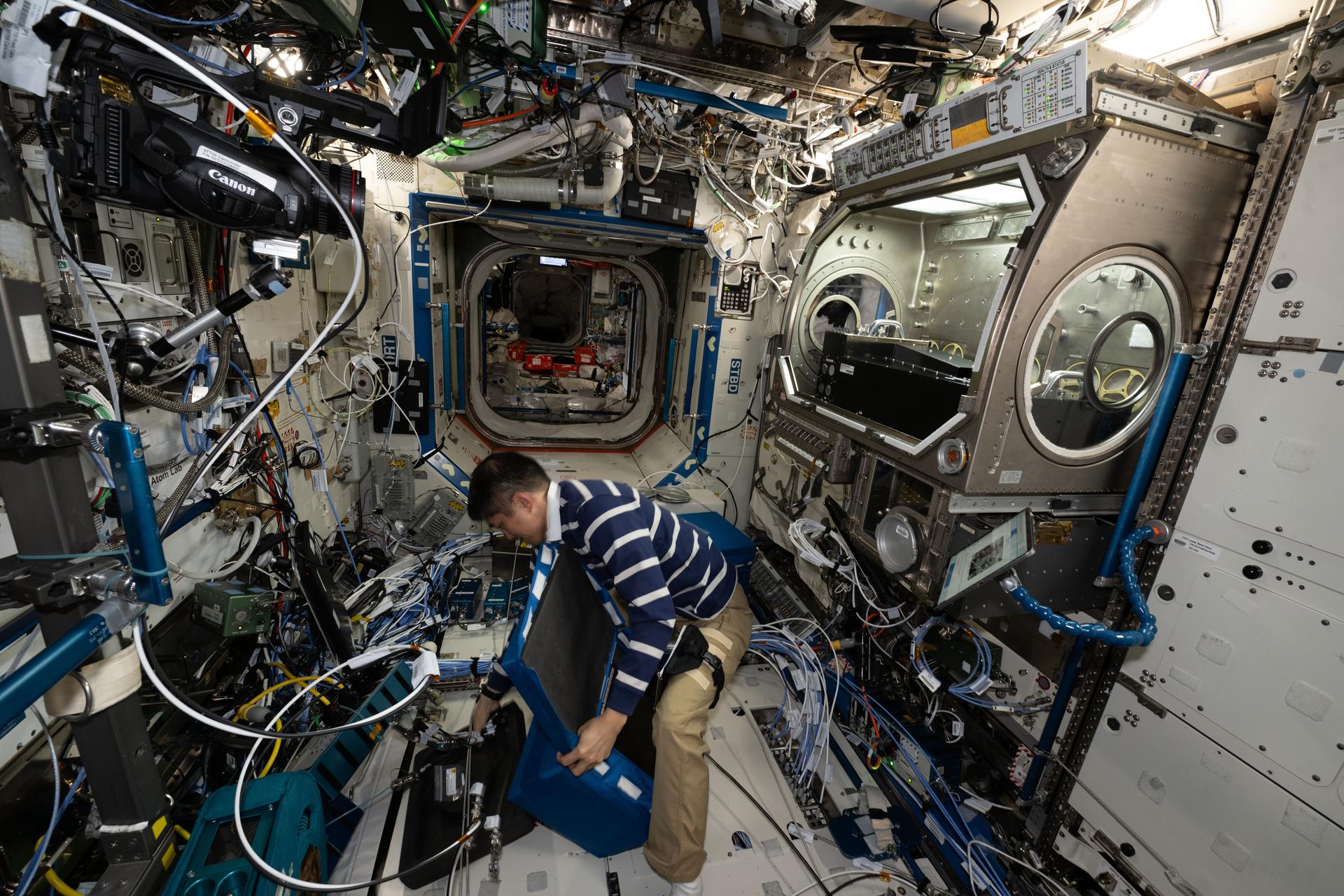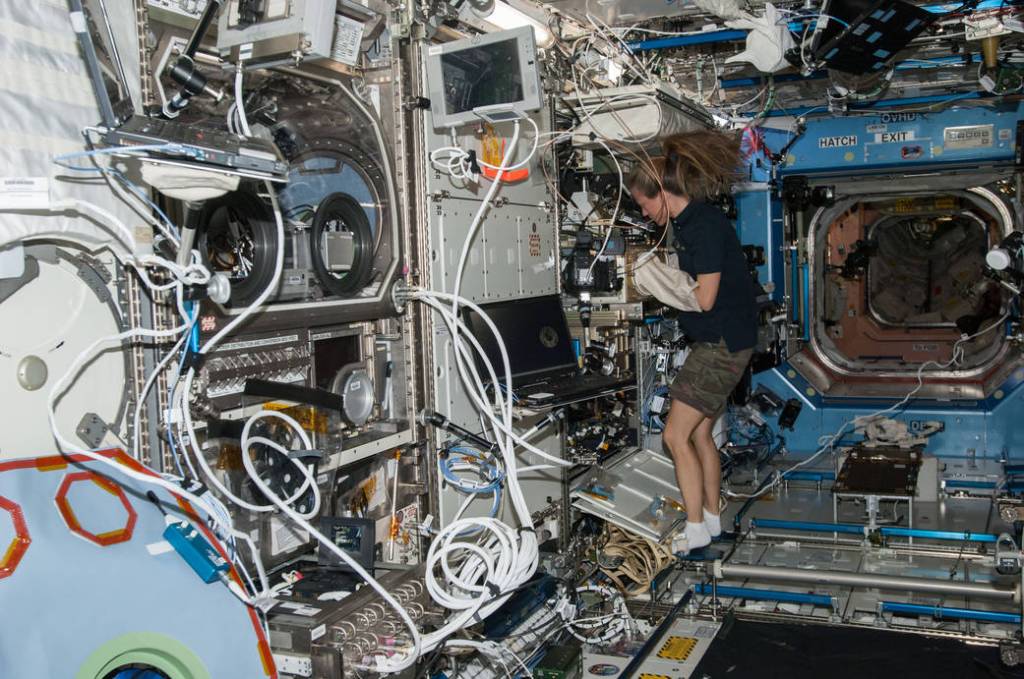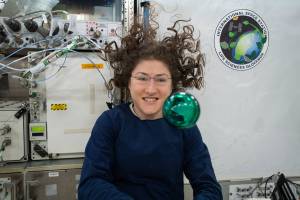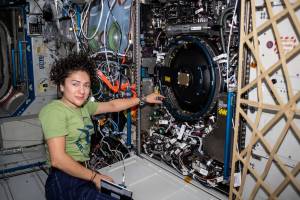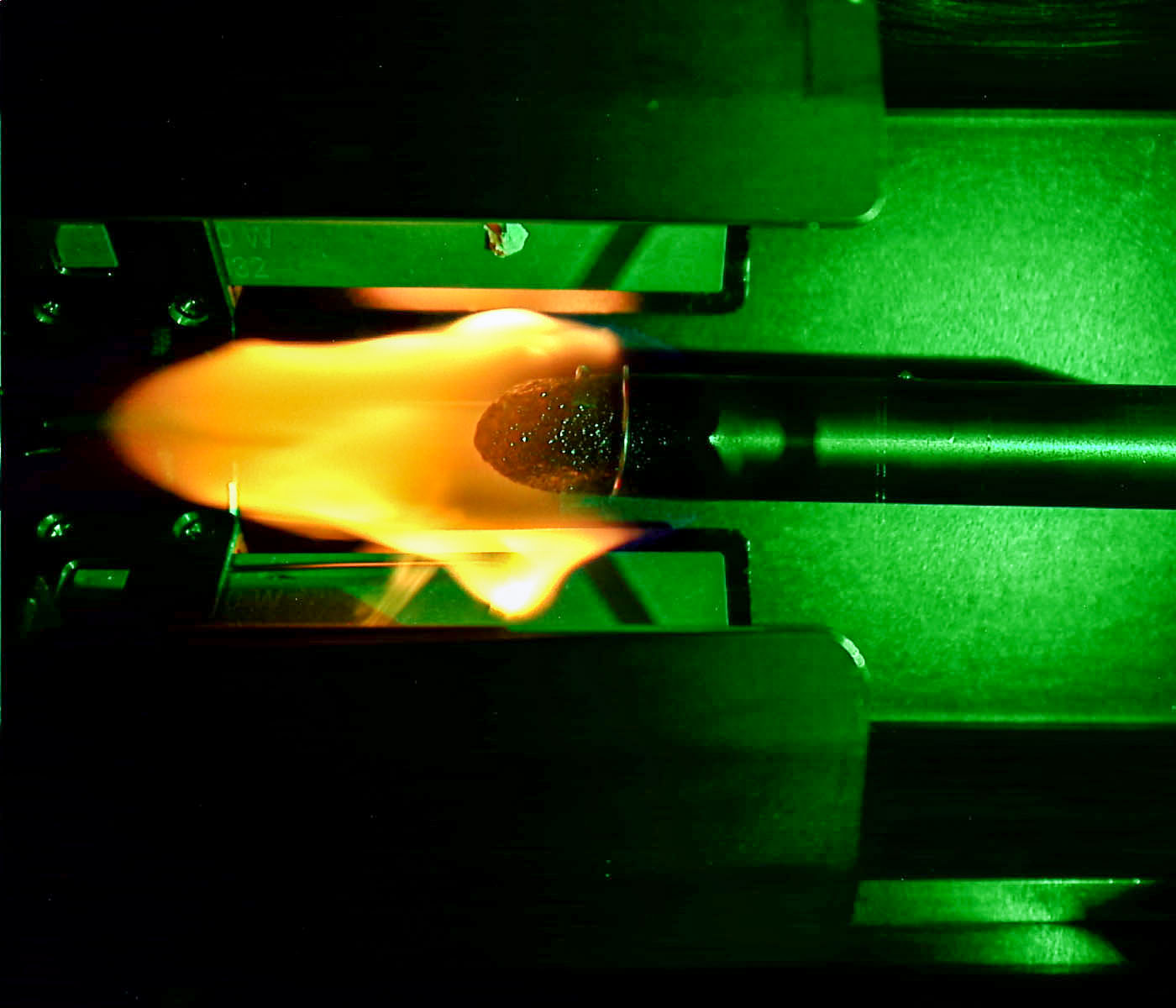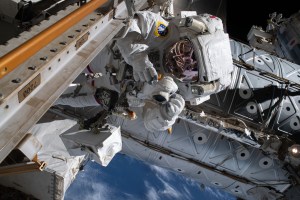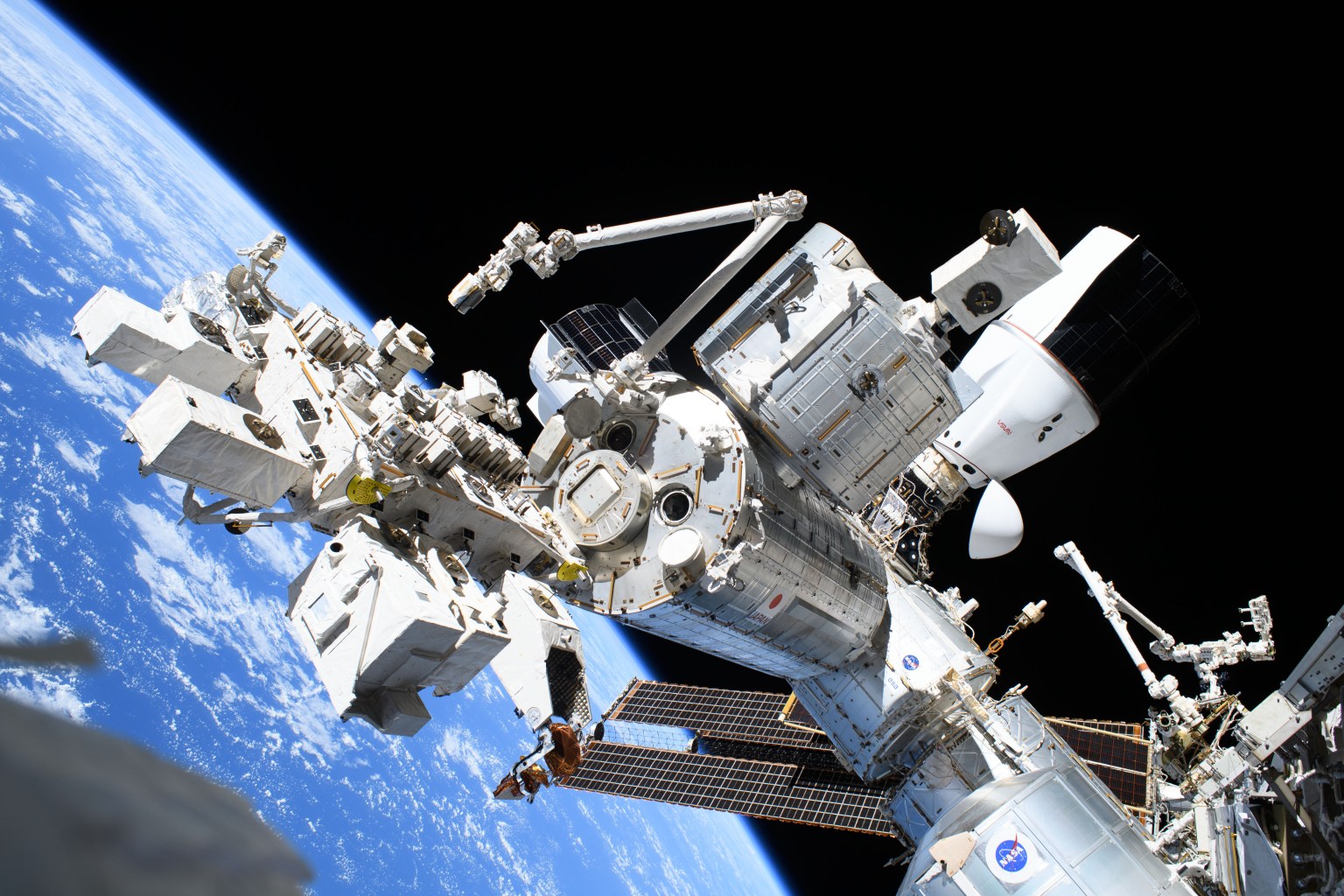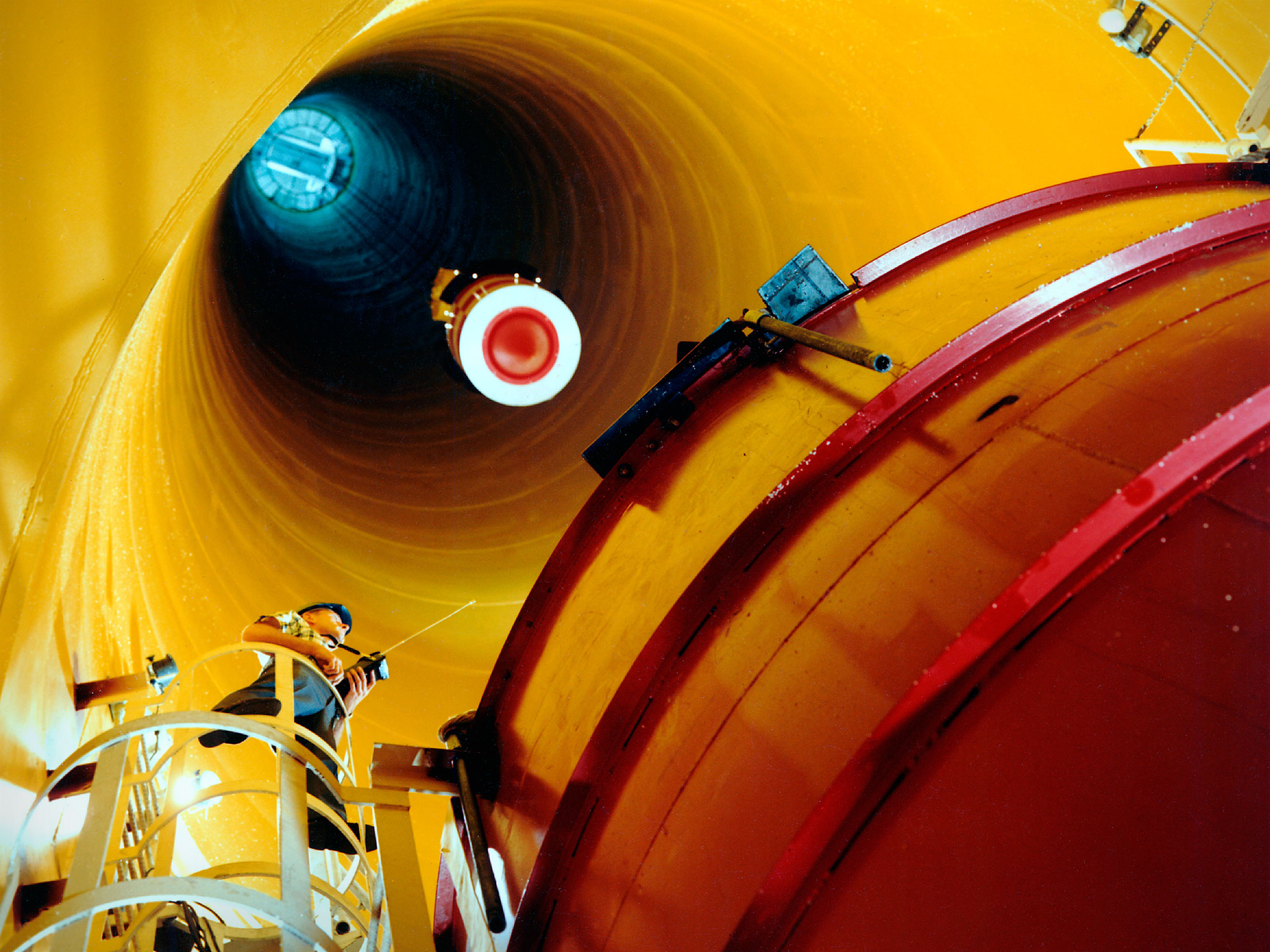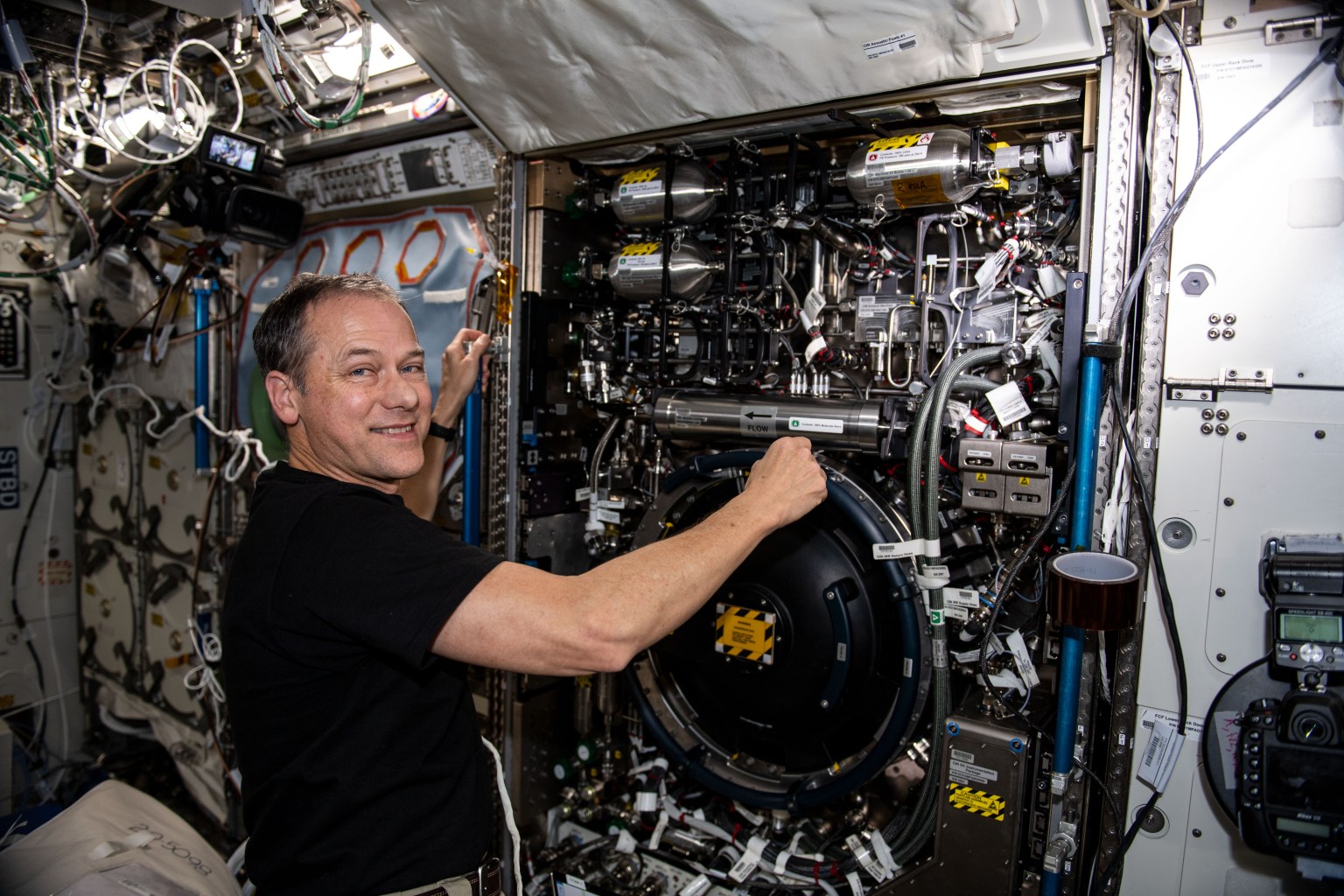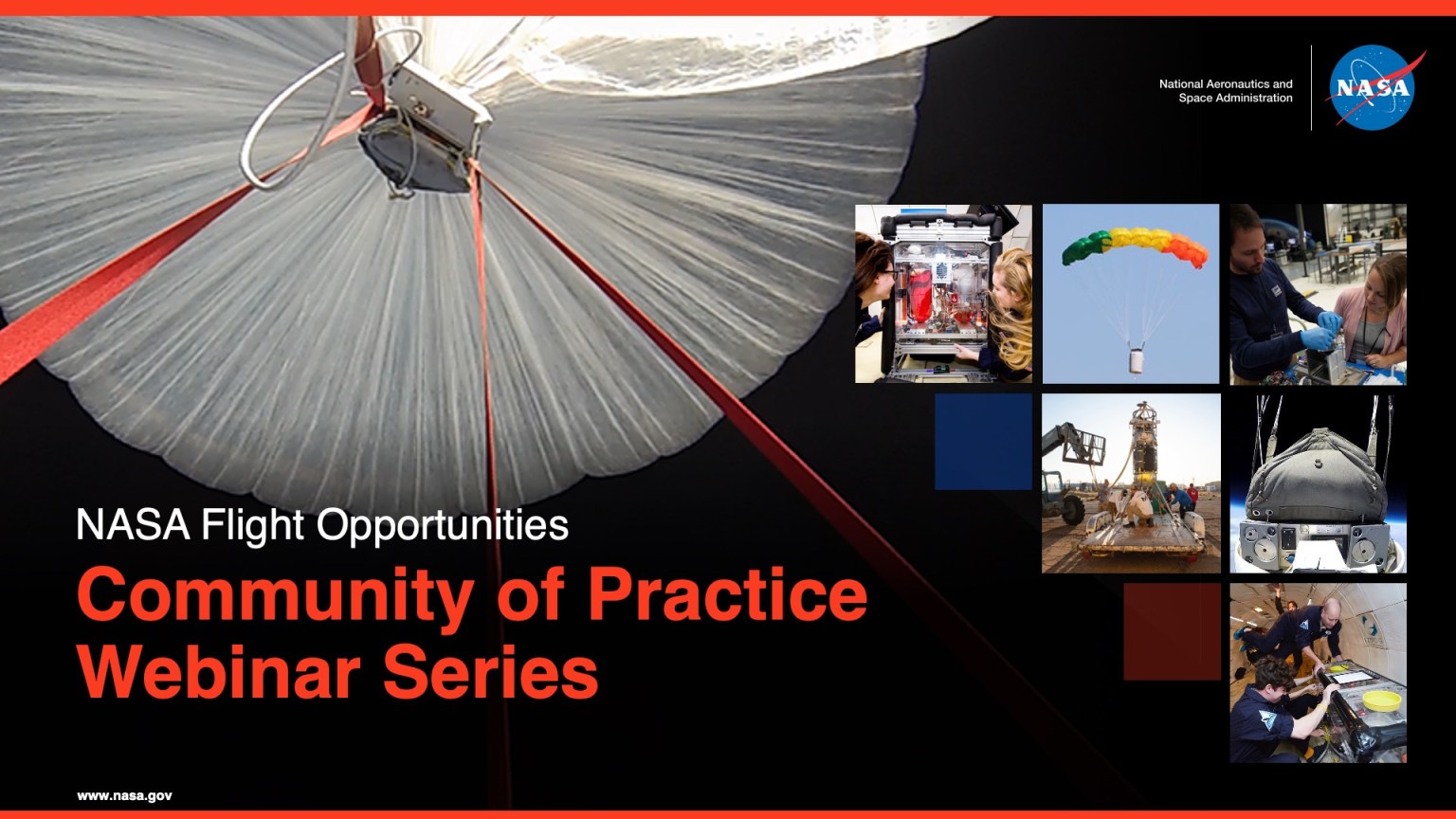Physical Sciences Program
NASA’s experiments in the various disciplines of physical science, reveal how physical systems respond to the near absence of gravity.
Learn More about Physical Sciences ProgramCurrently active
NASA’s experiments in the various disciplines of physical science, reveal how physical systems respond to the near absence of gravity. They also reveal how other forces that on Earth are small compared to gravity, can dominate system behavior in space. The International Space Station (ISS) is an orbiting laboratory that provides an ideal facility to conduct long-duration experiments in the near absence of gravity and allows continuous and interactive research similar to Earth-based laboratories. This enables scientists to pursue innovations and discoveries not currently achievable by other means. NASA’s Physical Sciences Research Program also benefits from collaborations with several of the ISS international partners—Europe, Russia, Japan, and Canada—and foreign governments with space programs, such as France, Germany and Italy. The scale of this research enterprise promises new possibilities in the physical sciences, some of which are already being realized both in the form of innovations for space exploration and in new ways to improve the quality of life on Earth.
Microgravity Research at Glenn
Explore more about the Physical Sciences Program at Glenn Research Center.
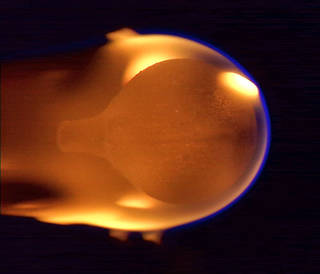
Combustion Science
Combustion processes remain among the most poorly controlled phenomena, yet have a significant impact on human health, comfort and safety.
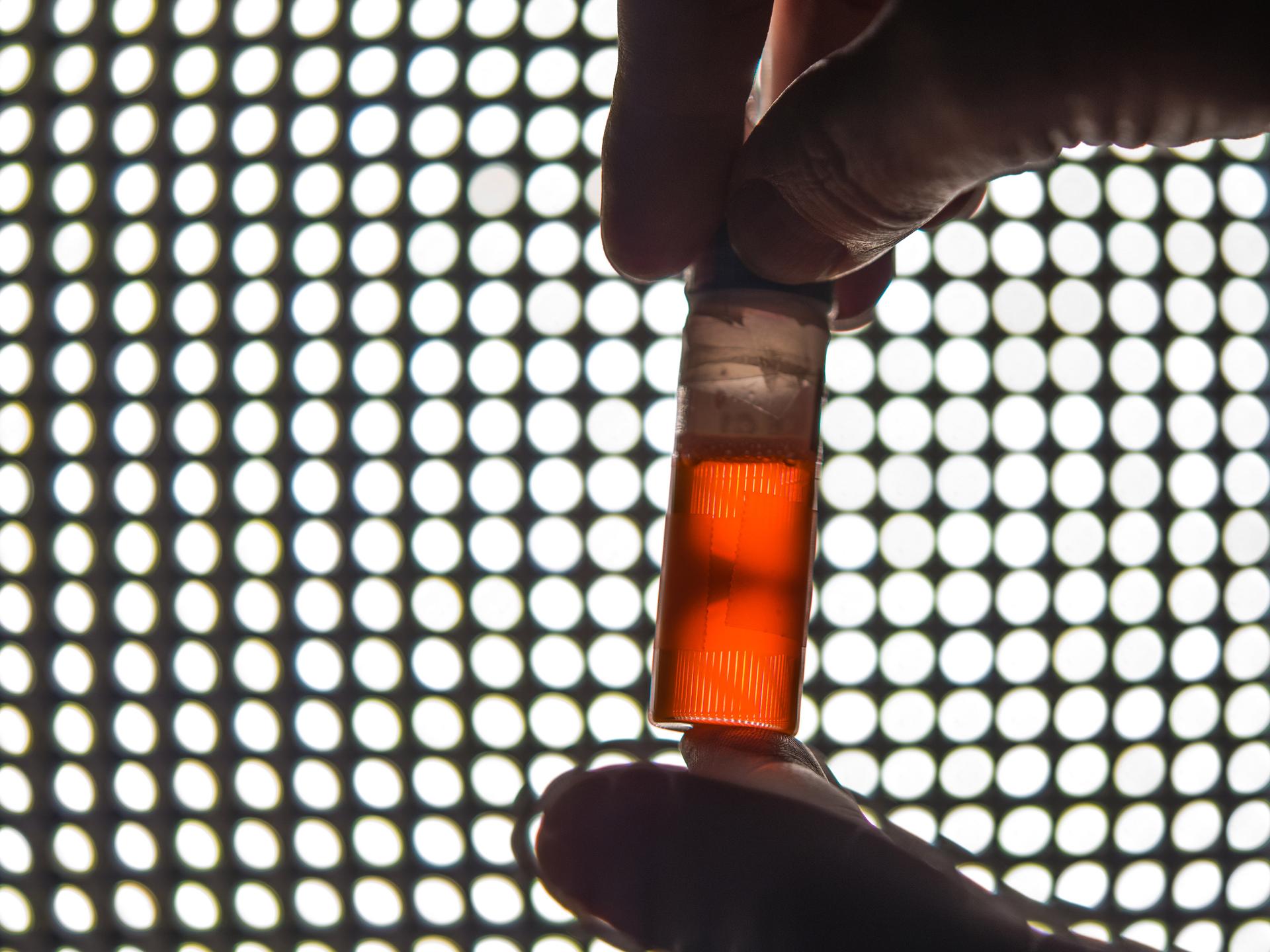
Fluid Science
A fluid is any material that flows in response to an applied force; thus, both liquids and gases are fluids. Nearly all life support processes, environmental and biological, take place in the fluid phase.
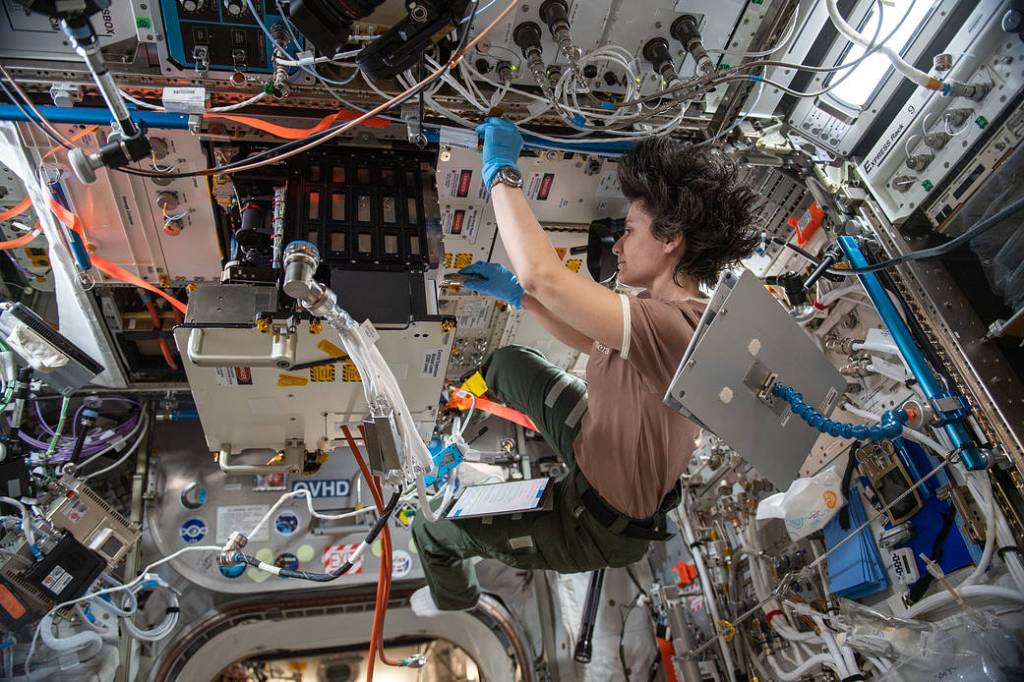
Soft Matter
Soft matter refers to a class of materials that can be easily deformed by external forces such as thermal or mechanical stress.
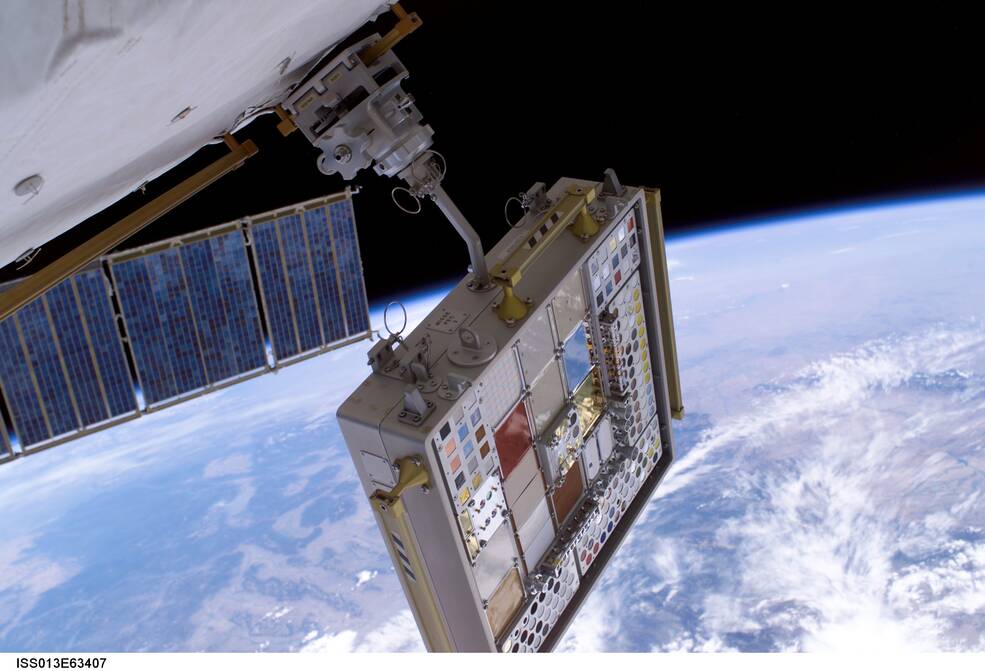
Other Sciences
Learn about other science and research being conducted at Glenn Research Center.
Acceleration Measurements
Providing a quiescent microgravity, or low-gravity, environment for fundamental scientific research is one of the major goals of the International Space Station program. This apparent weightlessness is created as the Space Station circles and falls around Earth, and the continuous free fall simulates the absence of gravity.
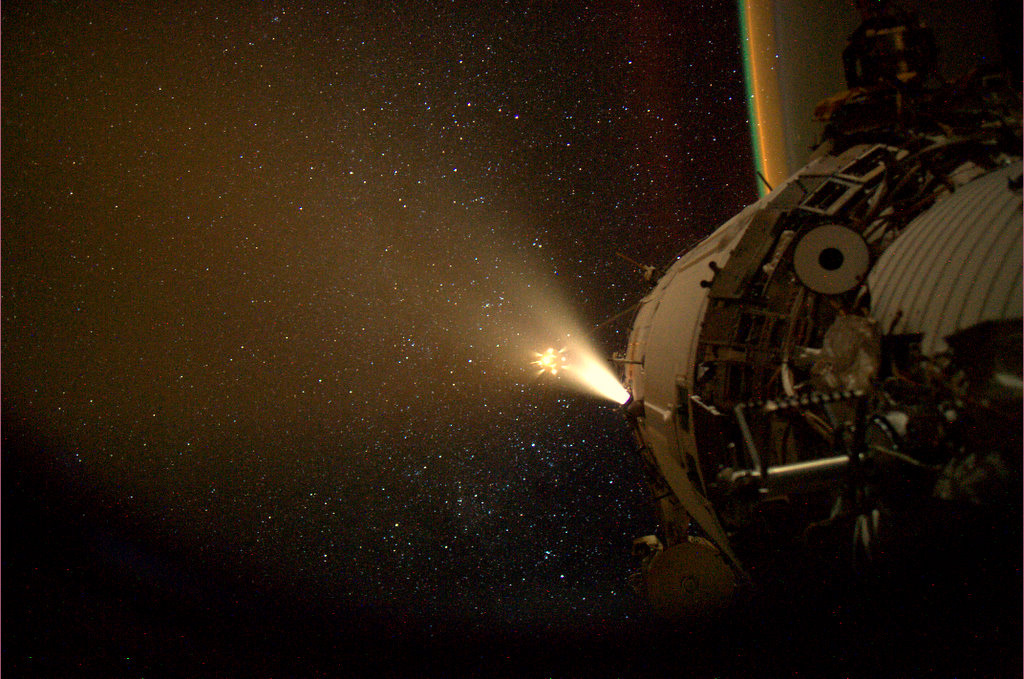
Fluids and Combustion Facility on ISS
The Fluids and Combustion Facility (FCF) is a set of two International Space Station (ISS) research facilities designed to support physical and biological experiments in support of technology development and validation in space. The FCF consists of two modular, reconfigurable racks called the Combustion Integration Rack (CIR) and the Fluids Integration Rack (FIR).
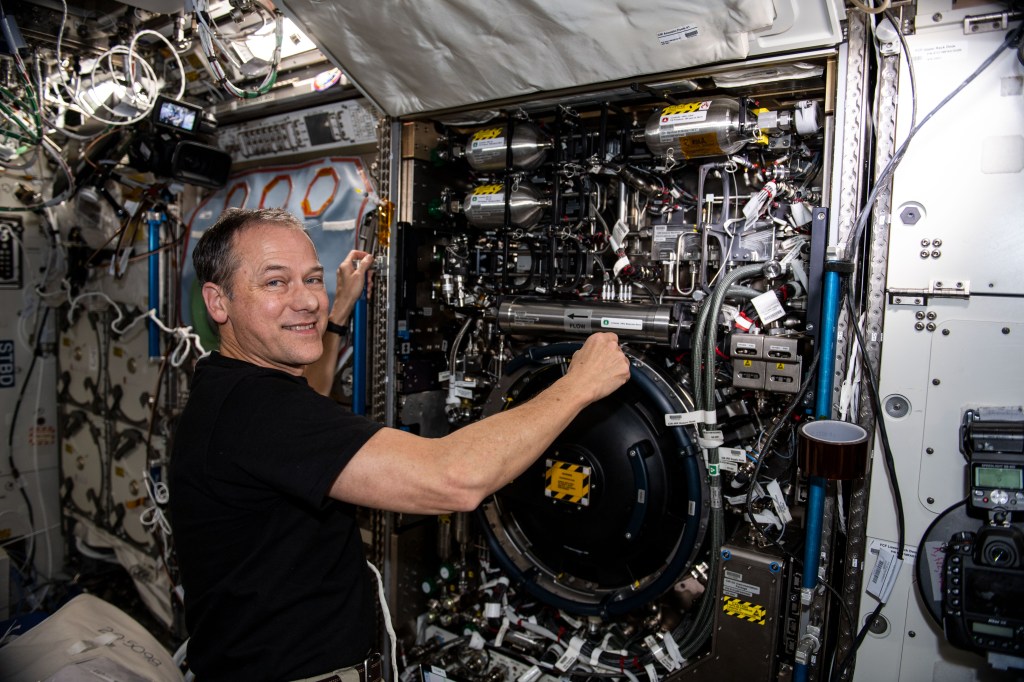
Science Facilities on the ISS
The International Space Station (ISS) hosts a variety of science facilities designed to conduct research in the unique microgravity environment of space. These facilities enable scientists to conduct experiments that are not possible on Earth, leading to advancements in various fields such as materials science, biology, and combustion research.
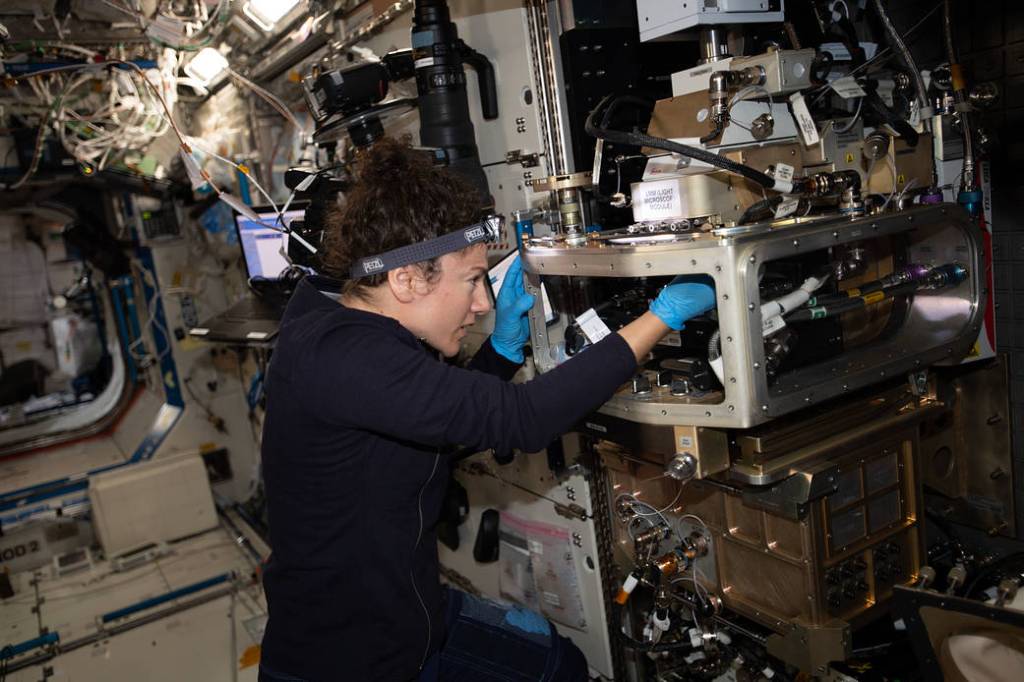
Human Health & Performance
NASA’s Human Research Program and Mars Campaign Office leverage Glenn Research Center’s unique expertise in computational simulation, systems engineering, and microgravity fluid physics and combustion science. GRC’s Human Health and Performance (HHP) focus is not on the biology or human studies, but rather on adapting terrestrial medicine technology to the unique challenges of spaceflight.
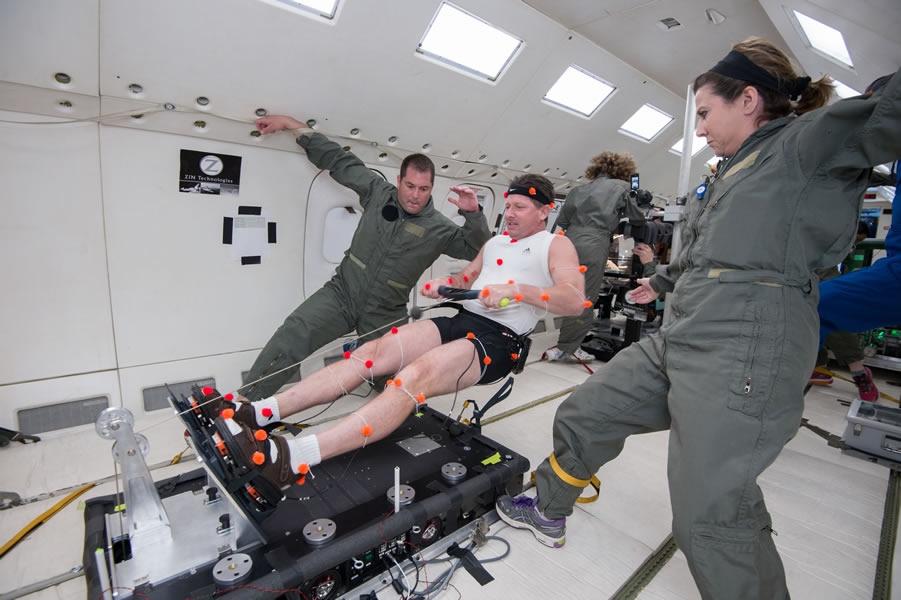
Education and Outreach
The astronauts and operators of future robotic vehicles who will explore the Moon, Mars, and beyond are in schools across the country. Educating these future scientists and engineers is a priority for NASA, with programs available at all educational levels for students to get involved with their space program.
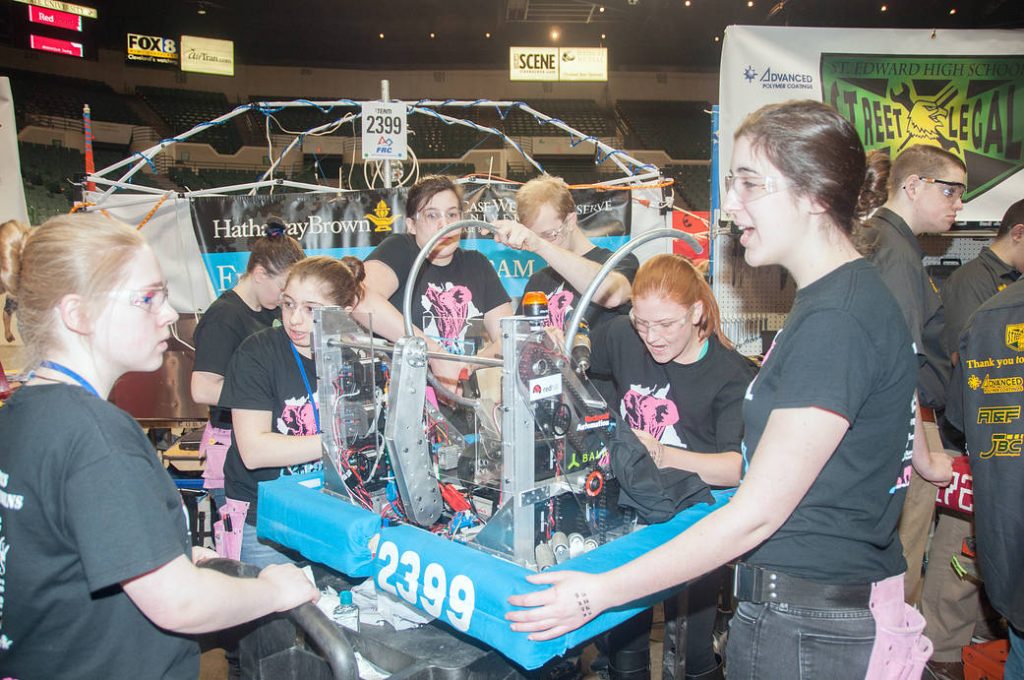
Reduced Gravity Drop Towers and Test Rigs
The Zero Gravity Research Facility (ZGF) is located at the NASA Glenn Research Center, in Cleveland, Ohio. This unique facility has been utilized by scientists and engineers for reduced gravity experimentation since 1966. The ZGF has provided fundamental scientific information, has been used in the development of space flight systems and technology, and has been a valuable source of data in the space flight experiment definition process.
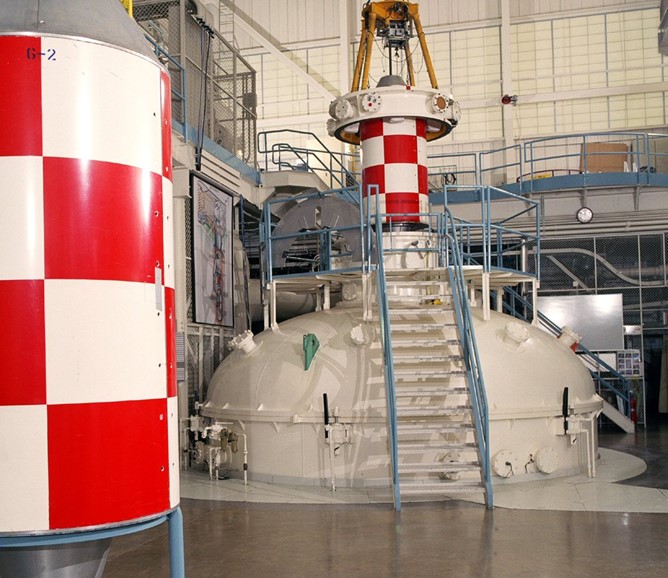
Latest Physical Sciences News
Stay up-to-date with the latest content from NASA as we explore the universe and discover more about our home planet.
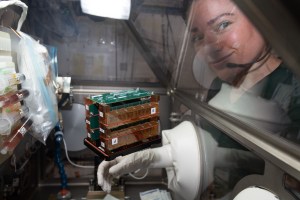
The International Space Station offers a unique microgravity environment where cells outside the human body behave similarly to how they…
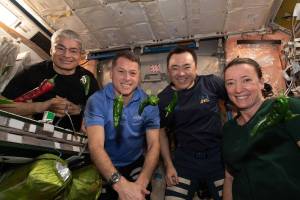
Astronauts Have First Taste of Peppers Grown in Space.
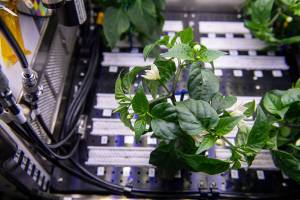
Four pepper plants growing in the Advanced Plant Habitat (APH) aboard the International Space Station have sprouted several flowers in…






























